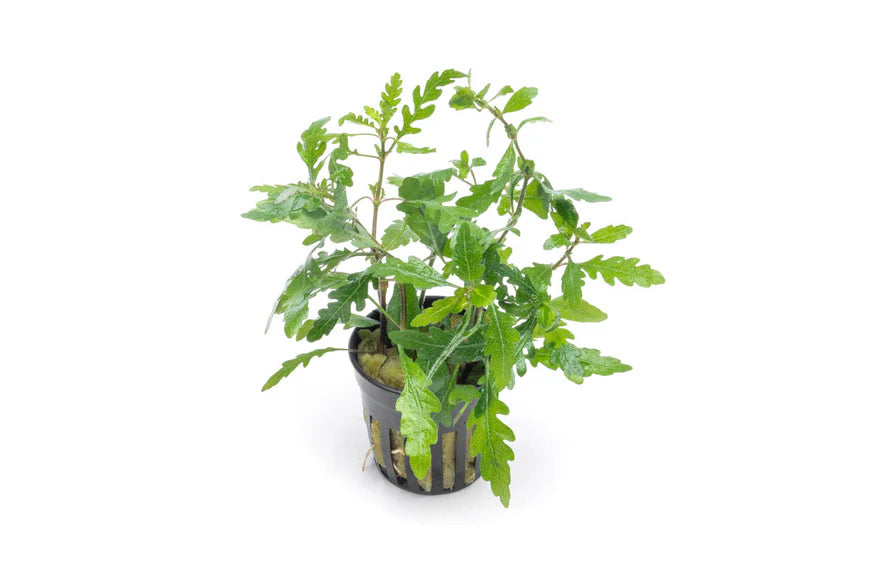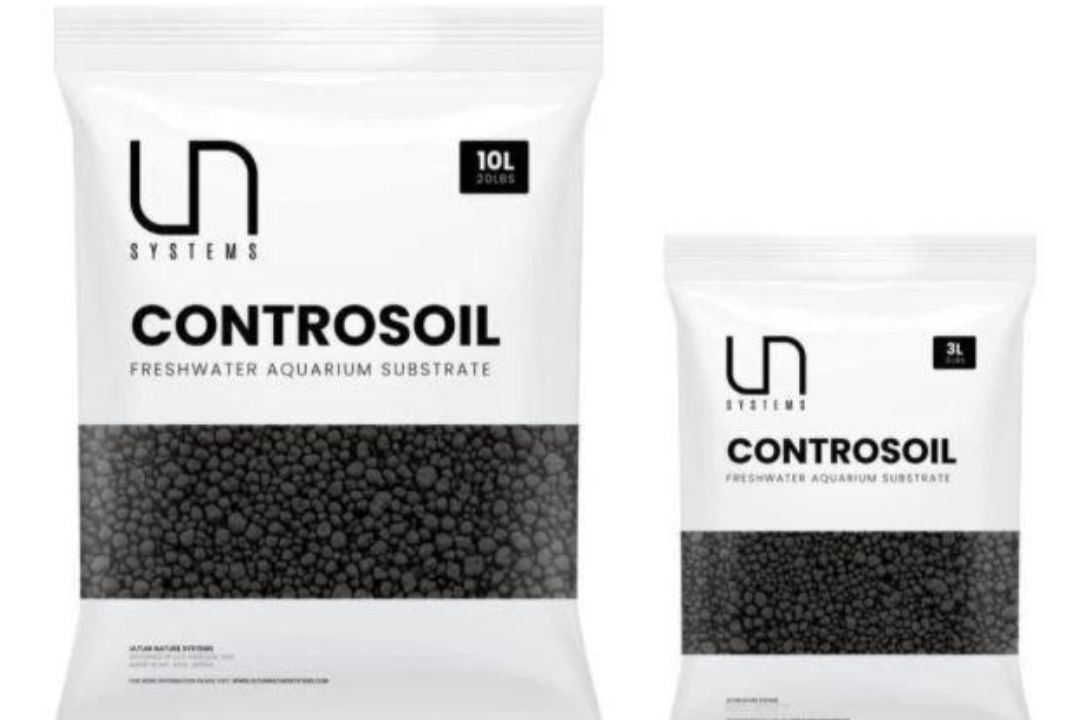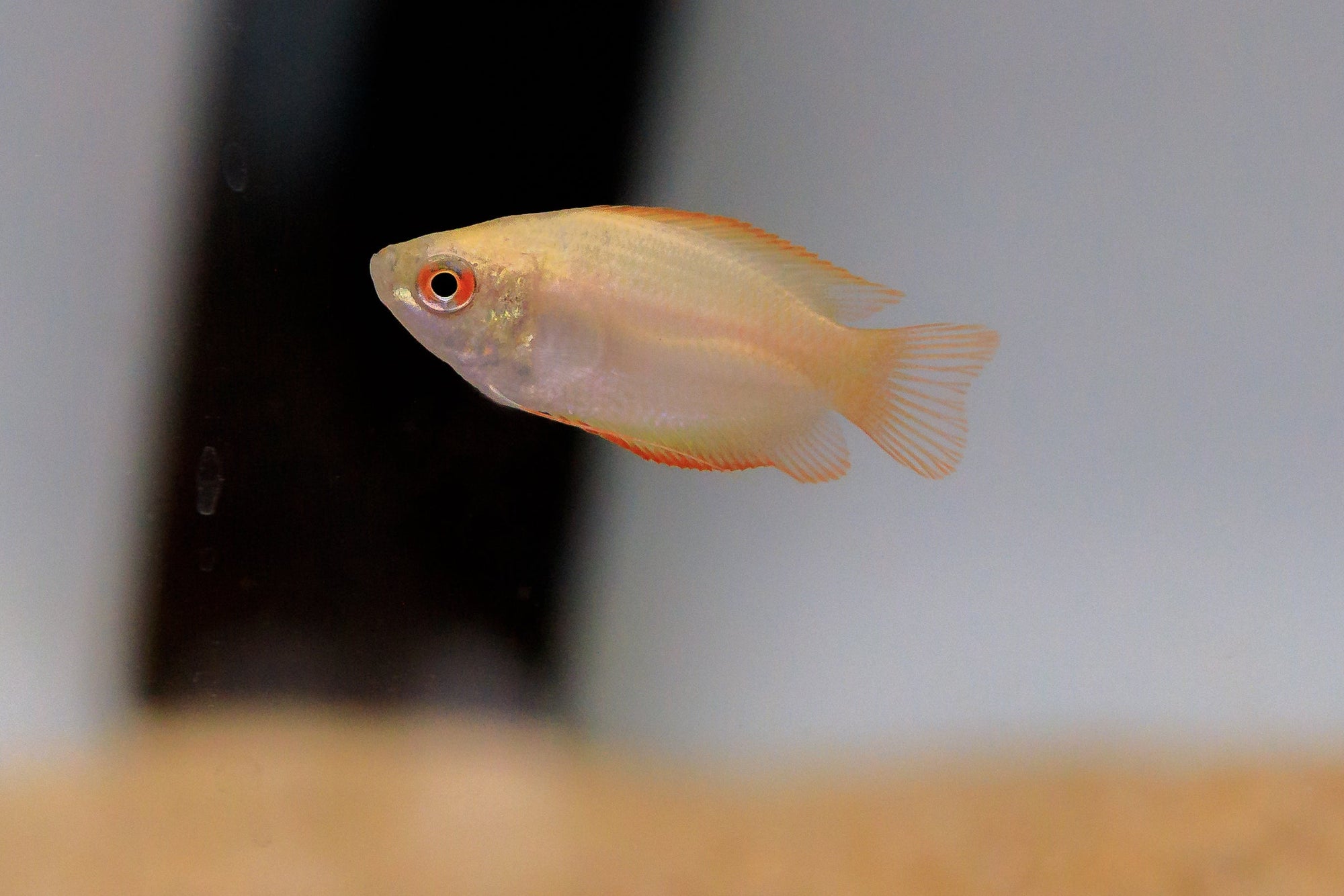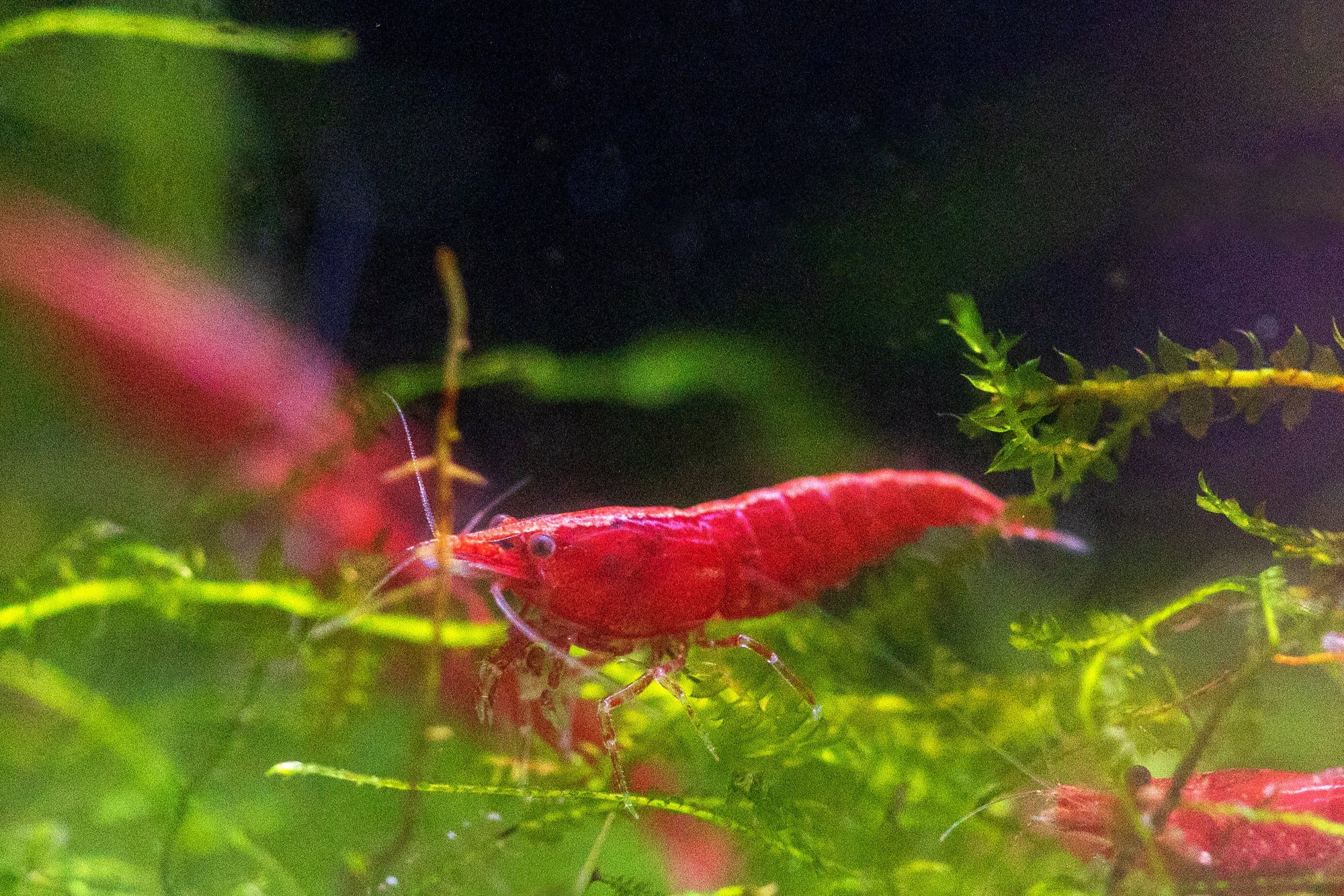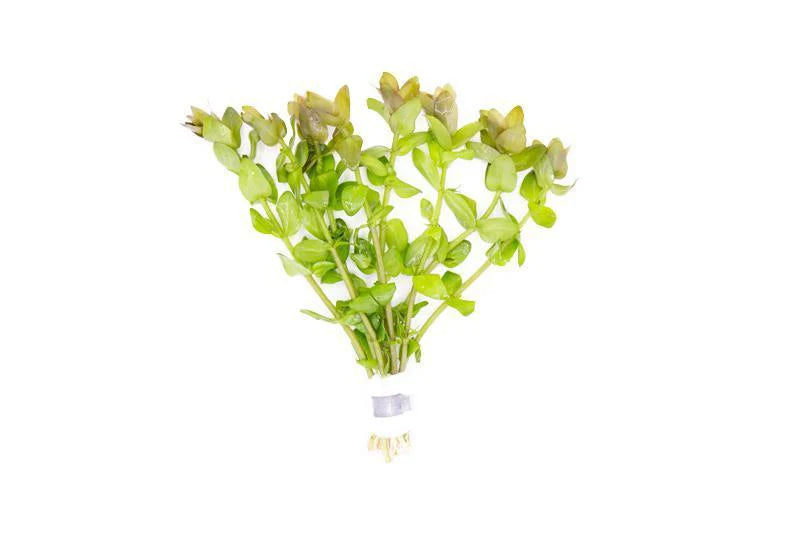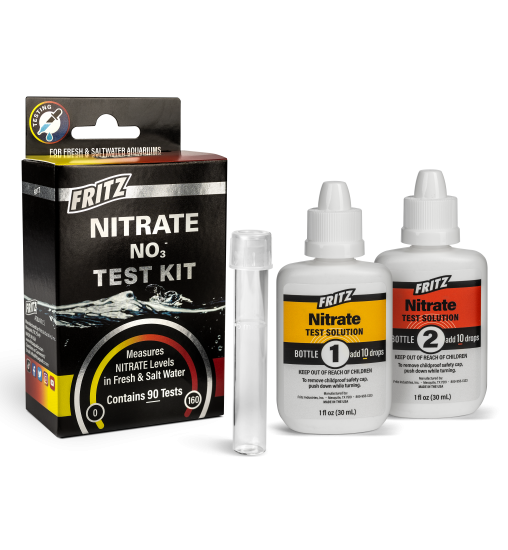This offer is valid for online purchases only, not valid at in-store location.
Moon Crab
Moon crabs, also known as cardisoma armatum, are fascinating creatures that require specific care to thrive in captivity. Here’s a short care guide for keeping moon crabs:
1. Enclosure:
- Size: A 20-gallon tank is the minimum for a single crab, with more space needed for multiple crabs.
- Substrate: Use a mixture of sand and coconut fiber (about 4–6 inches deep) to allow the crabs to dig and burrow.
- Humidity: Moon crabs require high humidity, around 70-80%. Mist the enclosure daily and consider using a humidity gauge.
- Temperature: Maintain temperatures between 75-85°F (24-29°C). Use a heating mat to help regulate the warmth.
2. Water:
- Brackish water: Provide a shallow dish of saltwater (specific gravity of 1.010-1.015) and fresh water for hydration. Make sure the water is dechlorinated.
- Water dish: Clean both water dishes frequently to prevent bacteria buildup.
3. Diet:
- Offer a variety of foods like crab pellets, fruits (mango, banana), vegetables (carrot, leafy greens), and protein (crickets, shrimp). Ensure they also get calcium, such as crushed oyster shell or cuttlebone.
- Moon crabs are omnivores, so their diet should be a balance of plant-based and animal-based foods.
4. Behavior:
- Moon crabs are mostly nocturnal, becoming more active at night.
- They are social but can be territorial. Avoid overcrowding and provide plenty of hiding spots, such as rocks or caves, for each crab.
5. Molting:
- Like all crabs, moon crabs molt. Provide a safe, quiet environment for this process. Remove uneaten food during this time, as crabs may become vulnerable.
1-2 Day Shipping.
ALL LIVESTOCK orders will only be packed up and shipped Monday-Tuesday.
ALL LIVESTOCK purchases are non-returnable.
Please refer to our FAQ page for any other questions related to this subject.
Moon crabs, also known as cardisoma armatum, are fascinating creatures that require specific care to thrive in captivity. Here’s a short care guide for keeping moon crabs:
1. Enclosure:
- Size: A 20-gallon tank is the minimum for a single crab, with more space needed for multiple crabs.
- Substrate: Use a mixture of sand and coconut fiber (about 4–6 inches deep) to allow the crabs to dig and burrow.
- Humidity: Moon crabs require high humidity, around 70-80%. Mist the enclosure daily and consider using a humidity gauge.
- Temperature: Maintain temperatures between 75-85°F (24-29°C). Use a heating mat to help regulate the warmth.
2. Water:
- Brackish water: Provide a shallow dish of saltwater (specific gravity of 1.010-1.015) and fresh water for hydration. Make sure the water is dechlorinated.
- Water dish: Clean both water dishes frequently to prevent bacteria buildup.
3. Diet:
- Offer a variety of foods like crab pellets, fruits (mango, banana), vegetables (carrot, leafy greens), and protein (crickets, shrimp). Ensure they also get calcium, such as crushed oyster shell or cuttlebone.
- Moon crabs are omnivores, so their diet should be a balance of plant-based and animal-based foods.
4. Behavior:
- Moon crabs are mostly nocturnal, becoming more active at night.
- They are social but can be territorial. Avoid overcrowding and provide plenty of hiding spots, such as rocks or caves, for each crab.
5. Molting:
- Like all crabs, moon crabs molt. Provide a safe, quiet environment for this process. Remove uneaten food during this time, as crabs may become vulnerable.
1-2 Day Shipping.
ALL LIVESTOCK orders will only be packed up and shipped Monday-Tuesday.
ALL LIVESTOCK purchases are non-returnable.
Please refer to our FAQ page for any other questions related to this subject.

